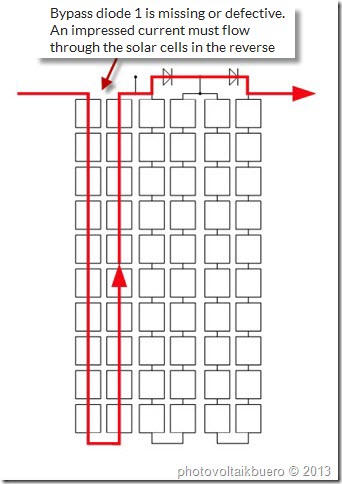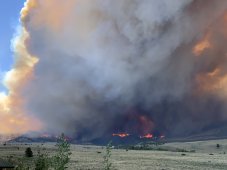hammick,
I am curious as to what you decided to doing relating to this topic.
I have a similar situation. I am planning to install panels in parallel on my SE wall and also on SW wall of my house. I am not planning to not tilt them due to the potential for high winds.
I am curious as to what you decided to doing relating to this topic.
I have a similar situation. I am planning to install panels in parallel on my SE wall and also on SW wall of my house. I am not planning to not tilt them due to the potential for high winds.






